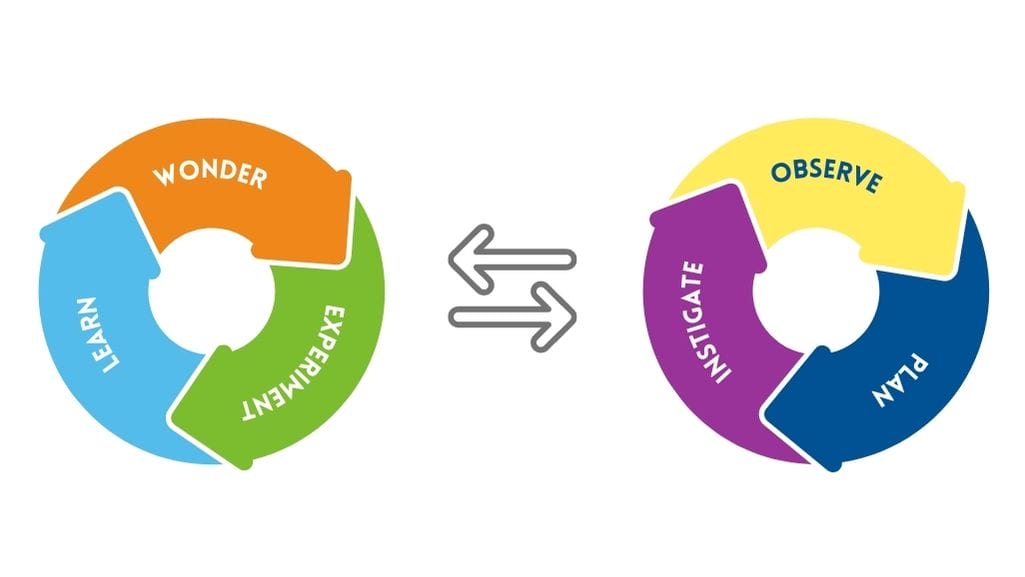December 3, 2015
(Photo credit: Center for Inspired Teaching)
This piece was written by Katherine Douglas Kindle, an alum of the Inspired Teaching Institute and an Institute Teacher Leader in 2012. Katherine has more than a decade of teaching experience in both the United States and abroad. Currently, she is the high school Case Manager for Learning Support at an international school in Bogota, Colombia.
I am the parent of a willful and energetic toddler. When talking with a friend and coworker recently about the challenges of parenting, she recommended a book called Raising Your Spirited Child. One of the things I love about this book is it challenges us to reframe the way we look at children who possess traits that will ultimately be valued in adulthood but can make them difficult to parent as children.
Instead of thinking he’s difficult, I remind myself that my child is spirited! Instead of stubborn, he’s persistent. This is a useful tool as a parent and an essential skill for educators. As a special educator, I spend much of my day working with teachers to help them see how the disruptive child in their class is actually creative and charismatic. Or how the distracted child is actually extremely curious. Or how the child who is slow to transition and adapt is a master of focus.
If we are to stand behind Center for Inspired Teacher’s core values of Mutual Respect and Student as Expert, we have to see our students through a lens of strength rather than deficit. I know there are days when it’s hard . . . when a student doesn’t fit the narrow box of school, and it would be a whole lot easier to just blame them for not fitting into our plans. But ultimately, that hurts children.
One exercise I learned from the Inspired Teaching Institute that can be helpful in reframing our thinking is to identify a “sunshine” student and an “up at night” student. As the names suggest, the sunshine student is the student who thrives and whom you wish more students would emulate. The up at night student keeps you up at night worrying about her lack of progress or her behavior, etc. One way to think about your use of language in the classroom is to make a list of all of the adjectives that come to mind when thinking about your up at night student. Then, imagine the positive correlations for those traits. For example . . .
By changing the way we talk about students, we will ultimately change the way we see them. The more we frame our students’ traits in positive terms, the more we actually build neural pathways in our brain that support the view of our students as capable and talented beings, leading us to frame our interactions and interventions with them in positive and productive ways. And our students will thank us for it. Spirited children need to hear the ways that they are also sensitive or persistent or bold, and they need help learning how to manage these traits so they work productively in a group setting.
How do we help students harness these strengths and build on them instead of squashing them and shaming students for them? We can name these traits in positive ways, and we can teach students to become self-aware. We can view behaviors as an expression of need and teach students to express these needs and work with us to be problem solvers. We can create classroom environments that respect the unique gifts of every student while helping them learn how to self-regulate. We can teach the student who blurts out in class to harness her desire to communicate and to find other ways to be a leader in the classroom. We can teach the student who is slow to adapt to self-advocate by telling his teachers that he would like (when possible) to know the schedule for the day in advance and that he needs notice before transitions. Ultimately, how a child learns to feel and think about himself can be just as important as what he thinks about the curriculum we’re teaching.
When I think about where and who I want my students to be in twenty years, it helps me keep perspective on the daily priorities at school and reminds me that I want my students to be fully-expressed and thriving adults. Often, what I realize is that the traits that pose challenges during the school day are the strengths that will serve them well, long after the school bell has rung.



















